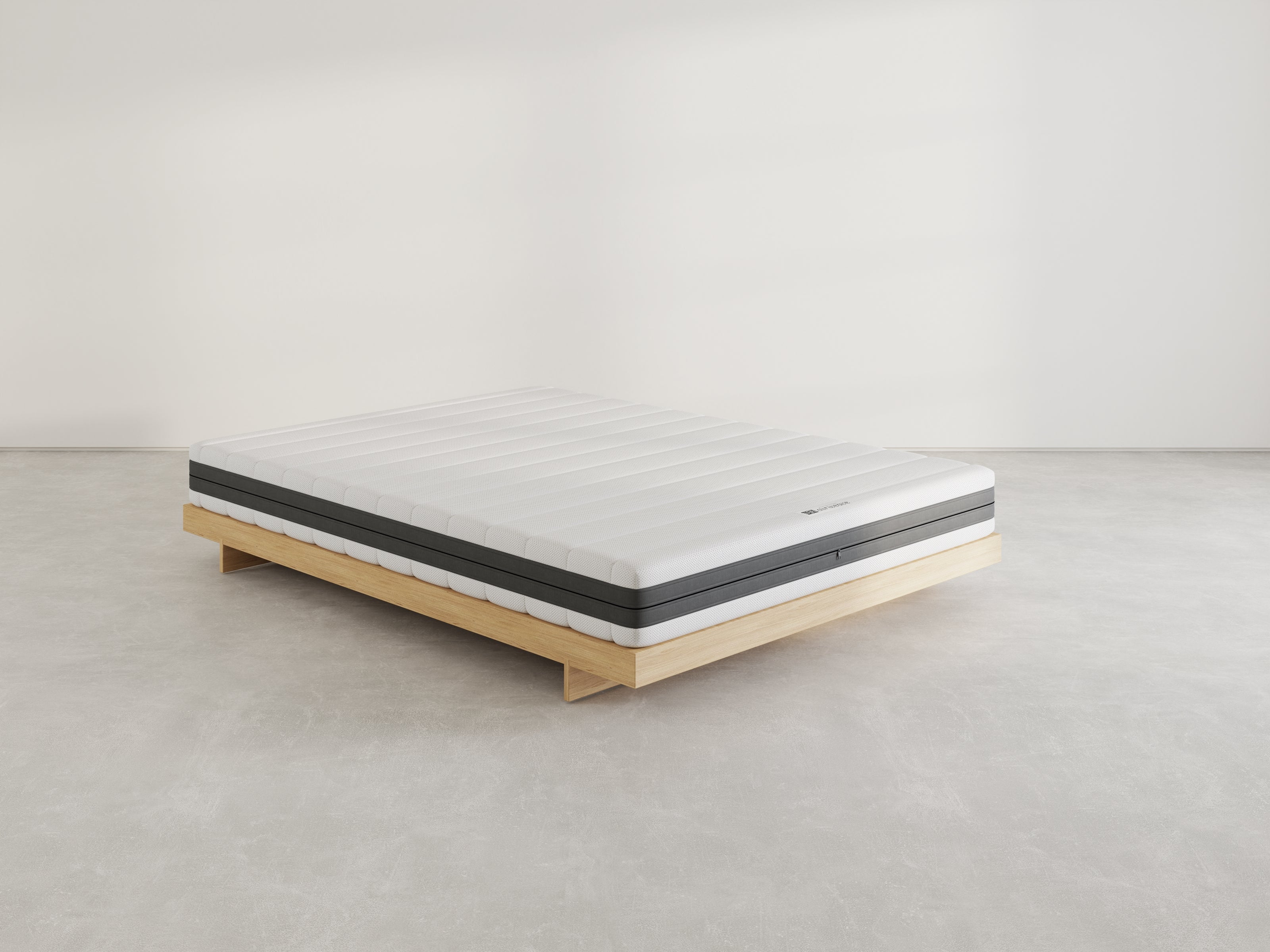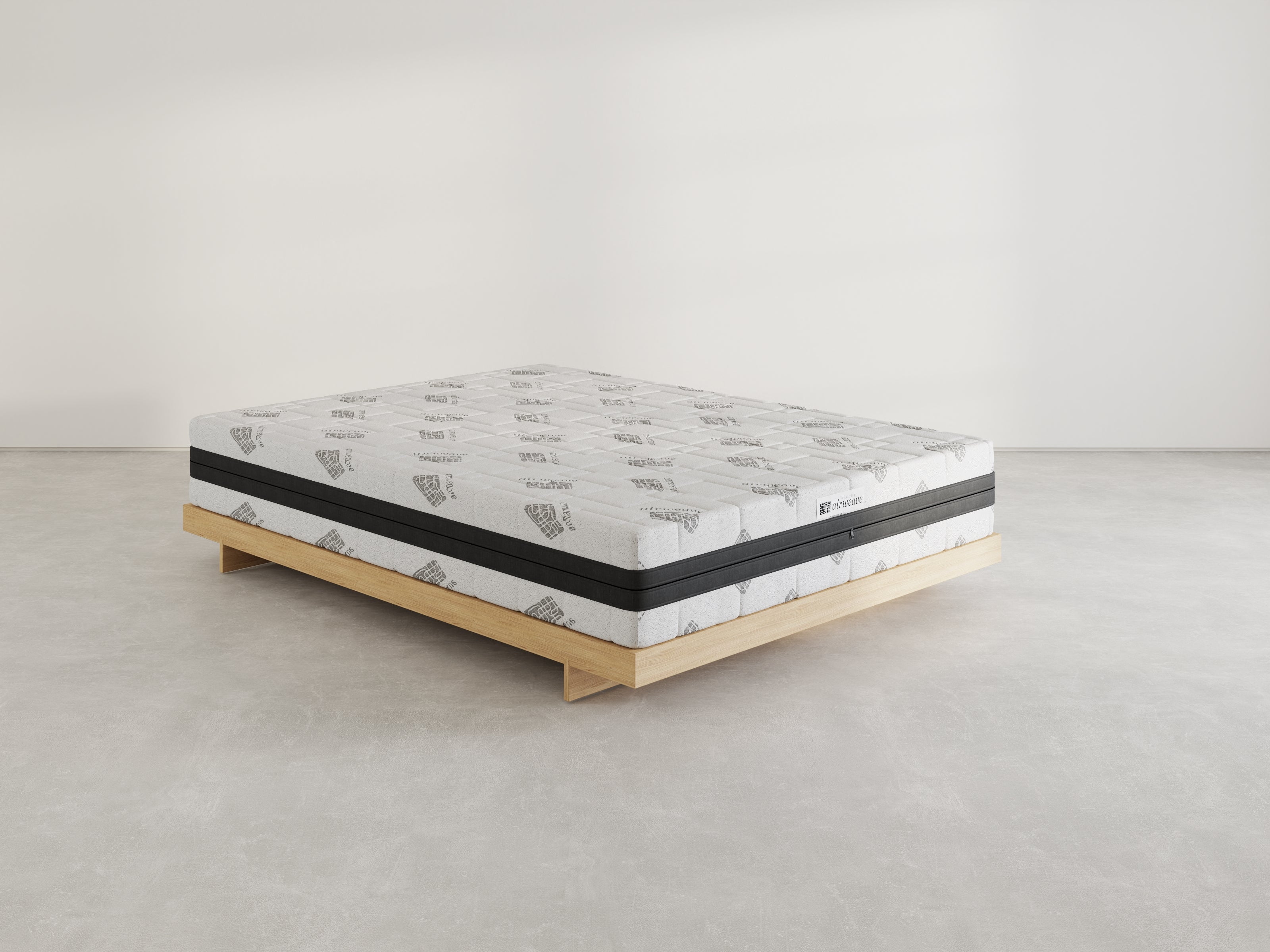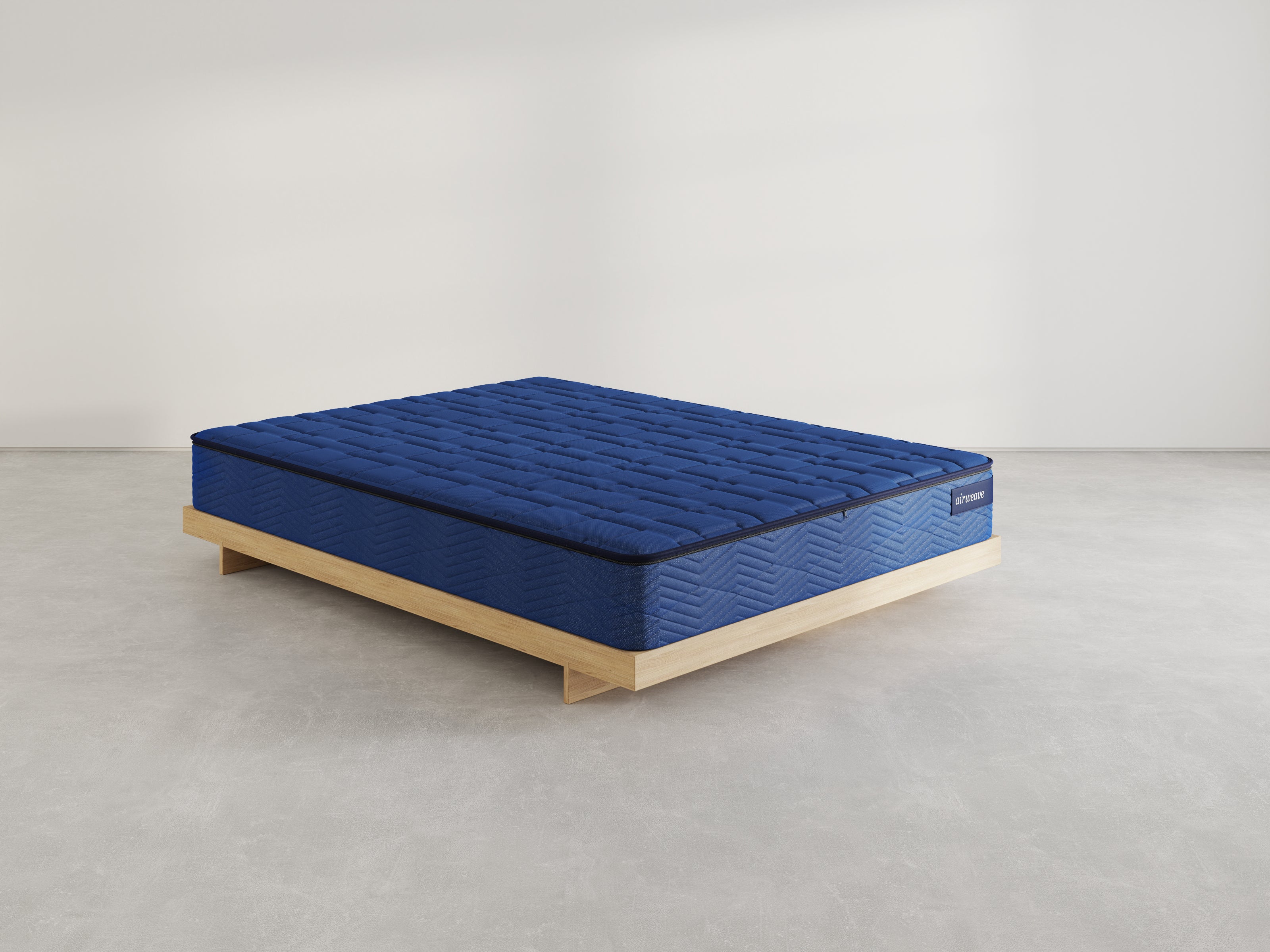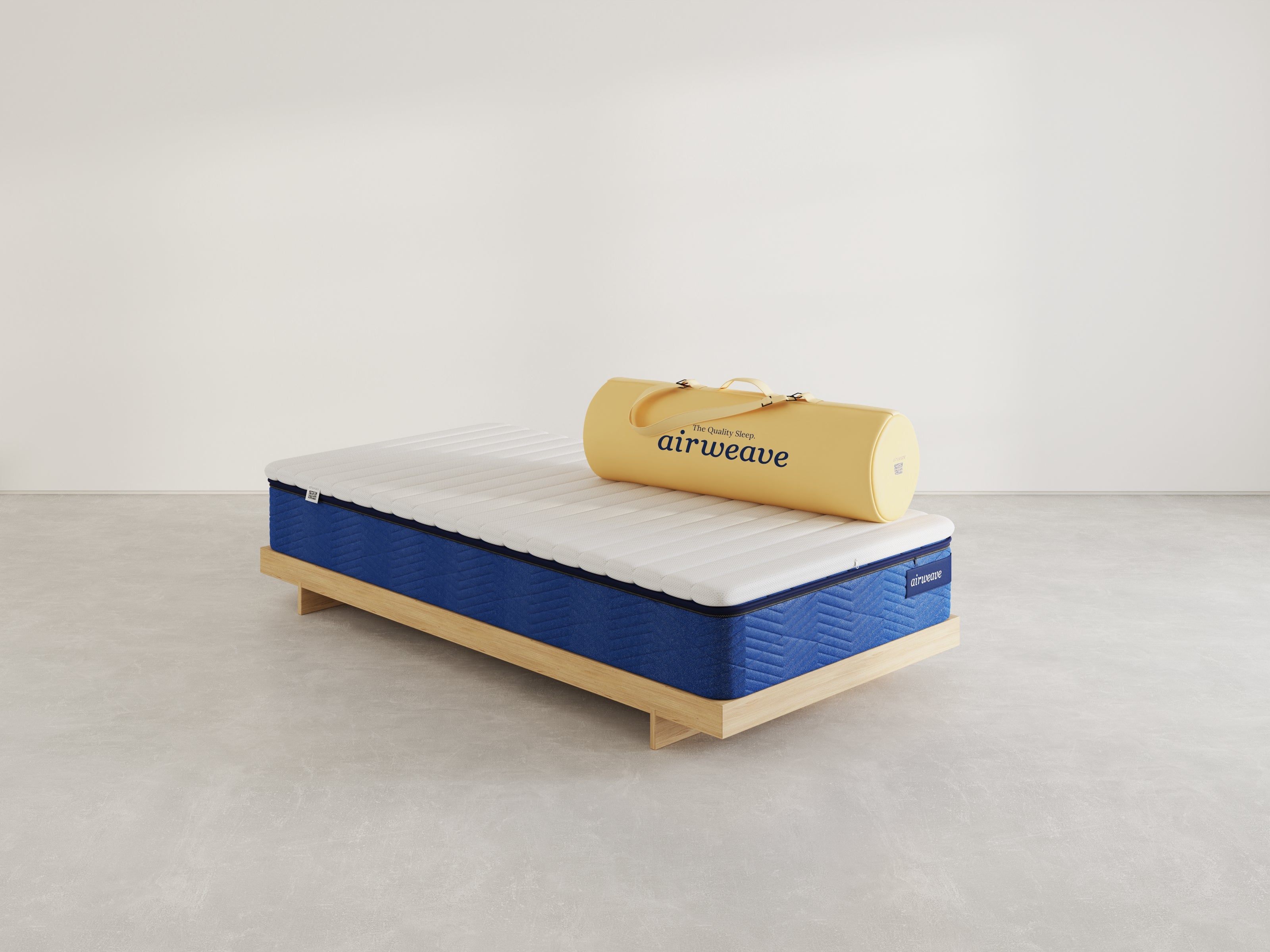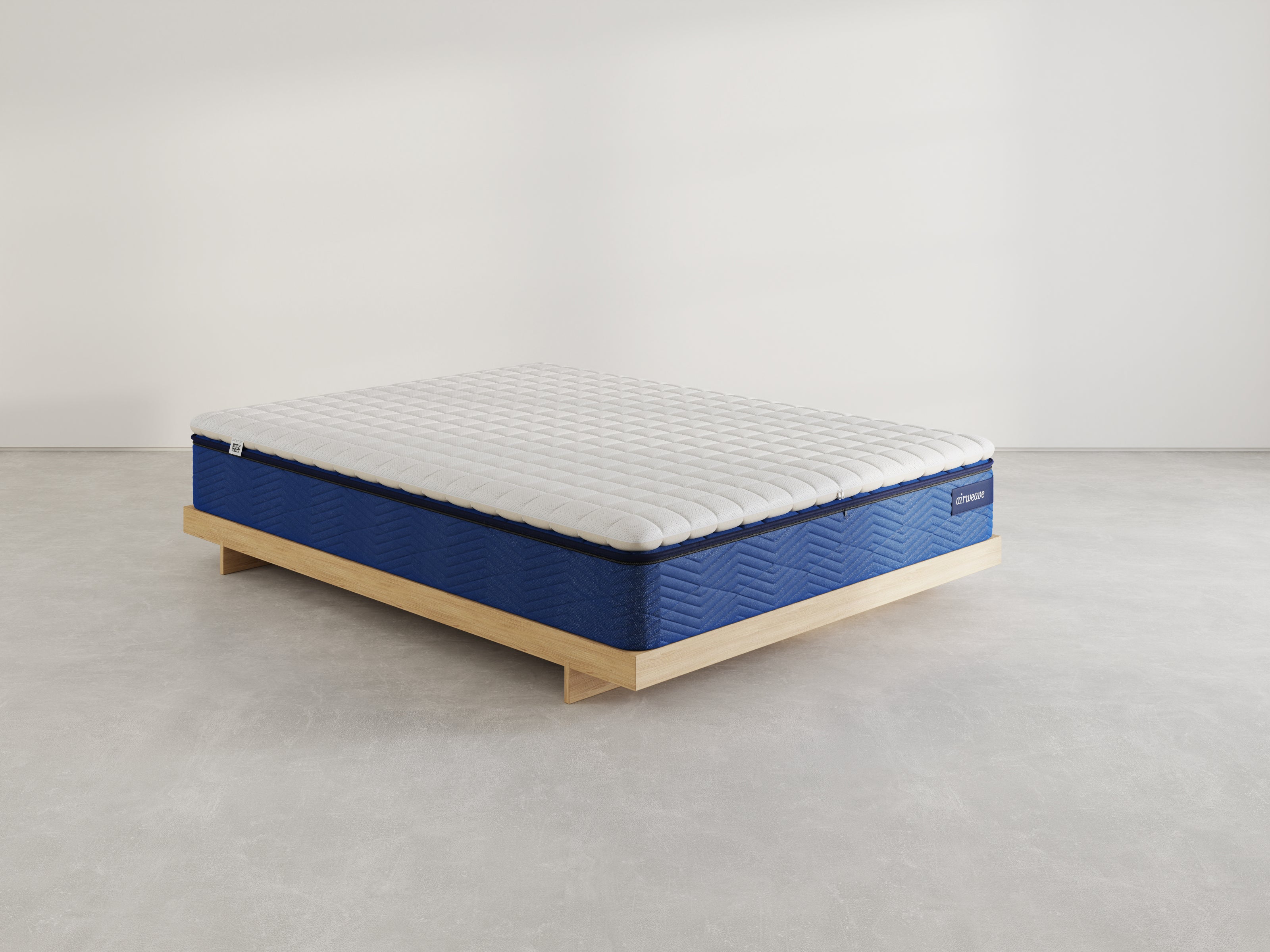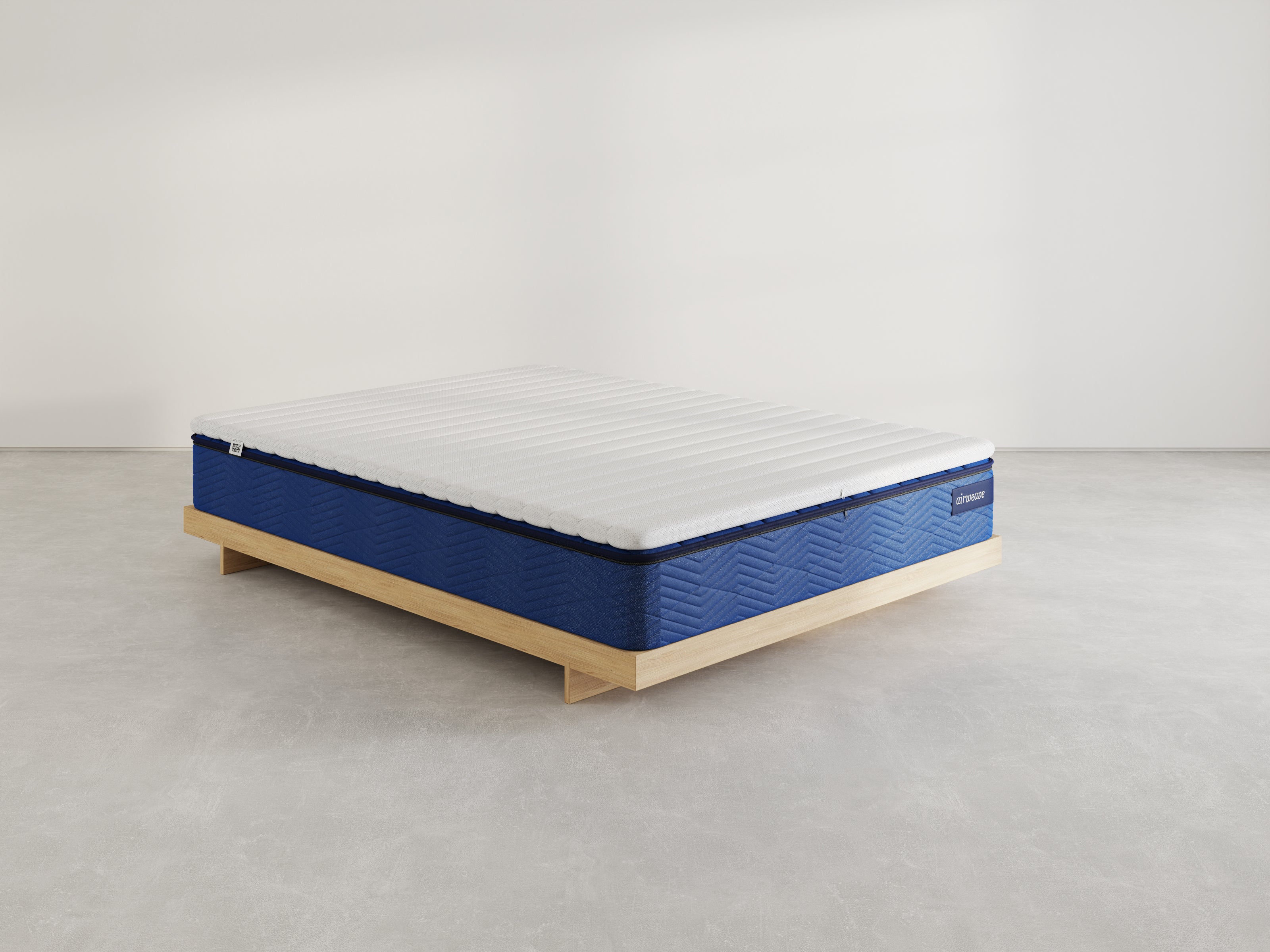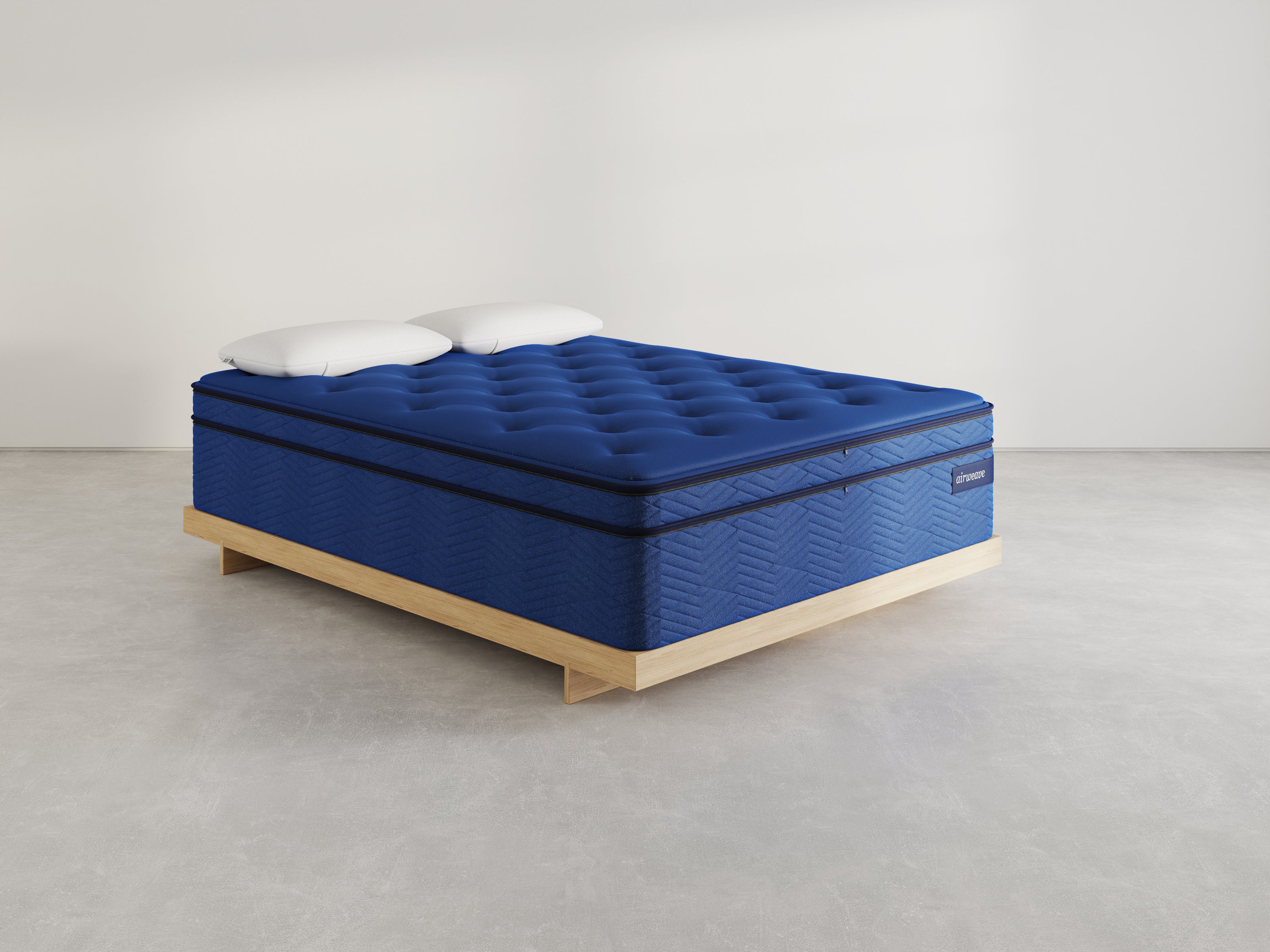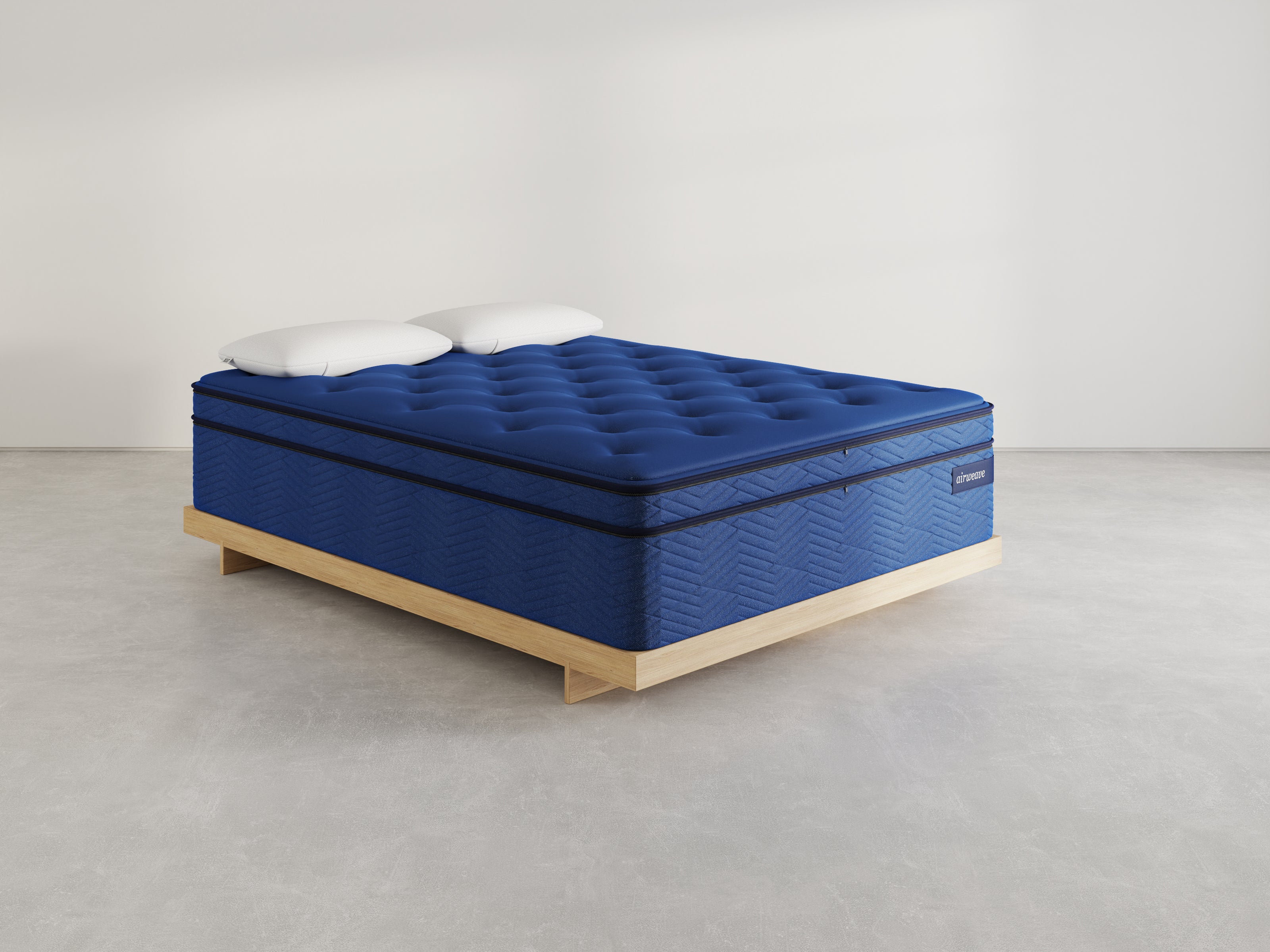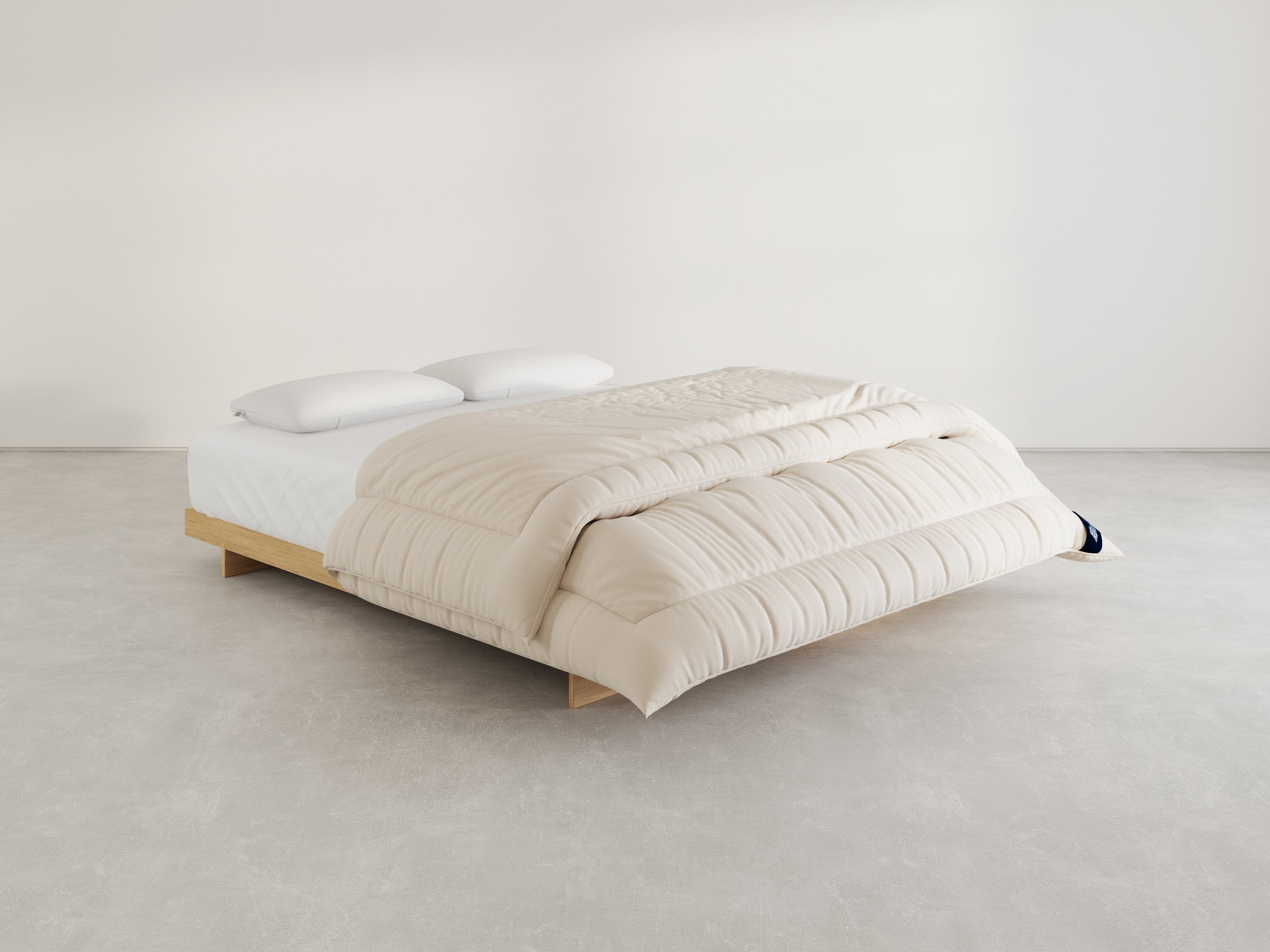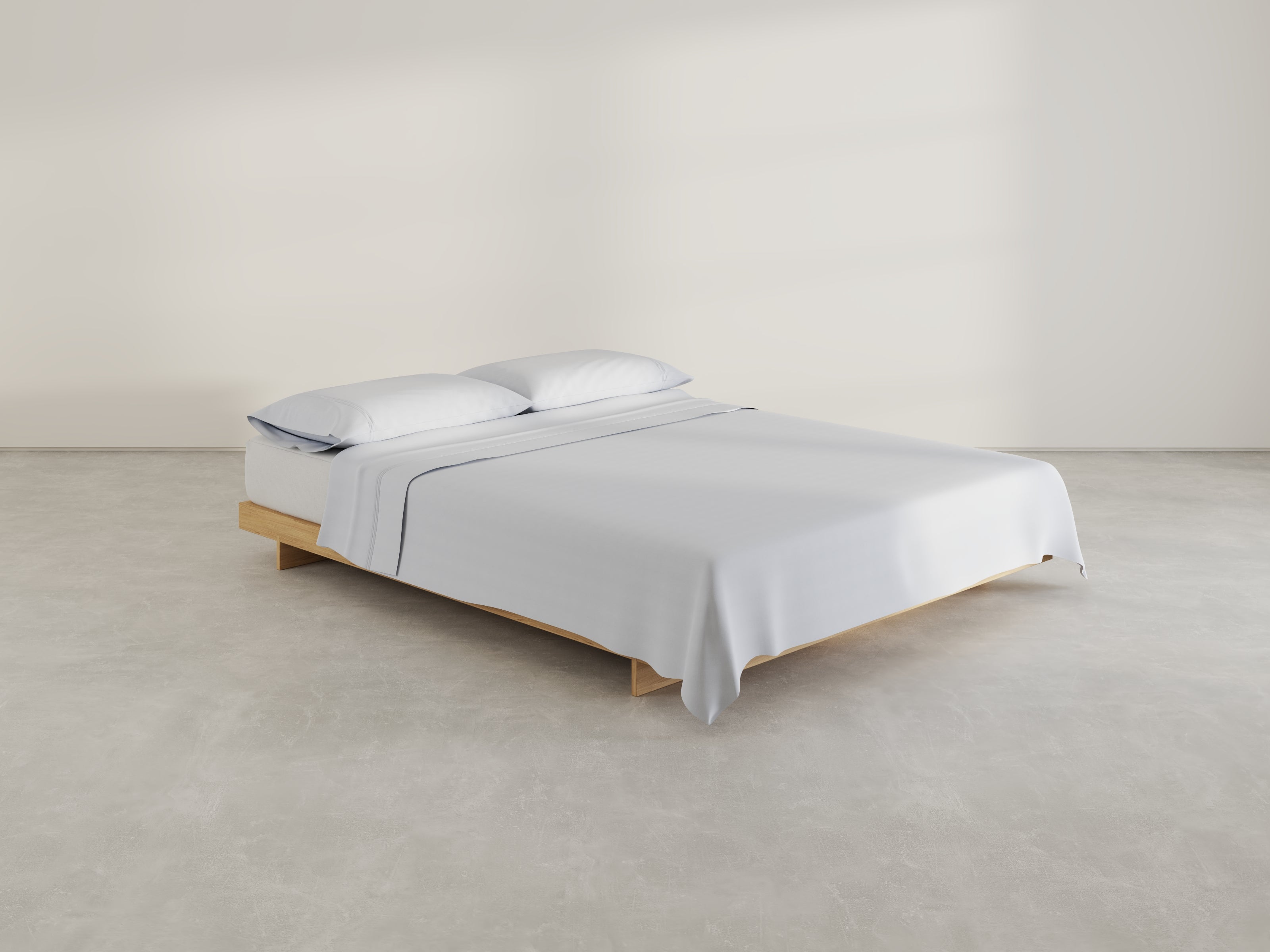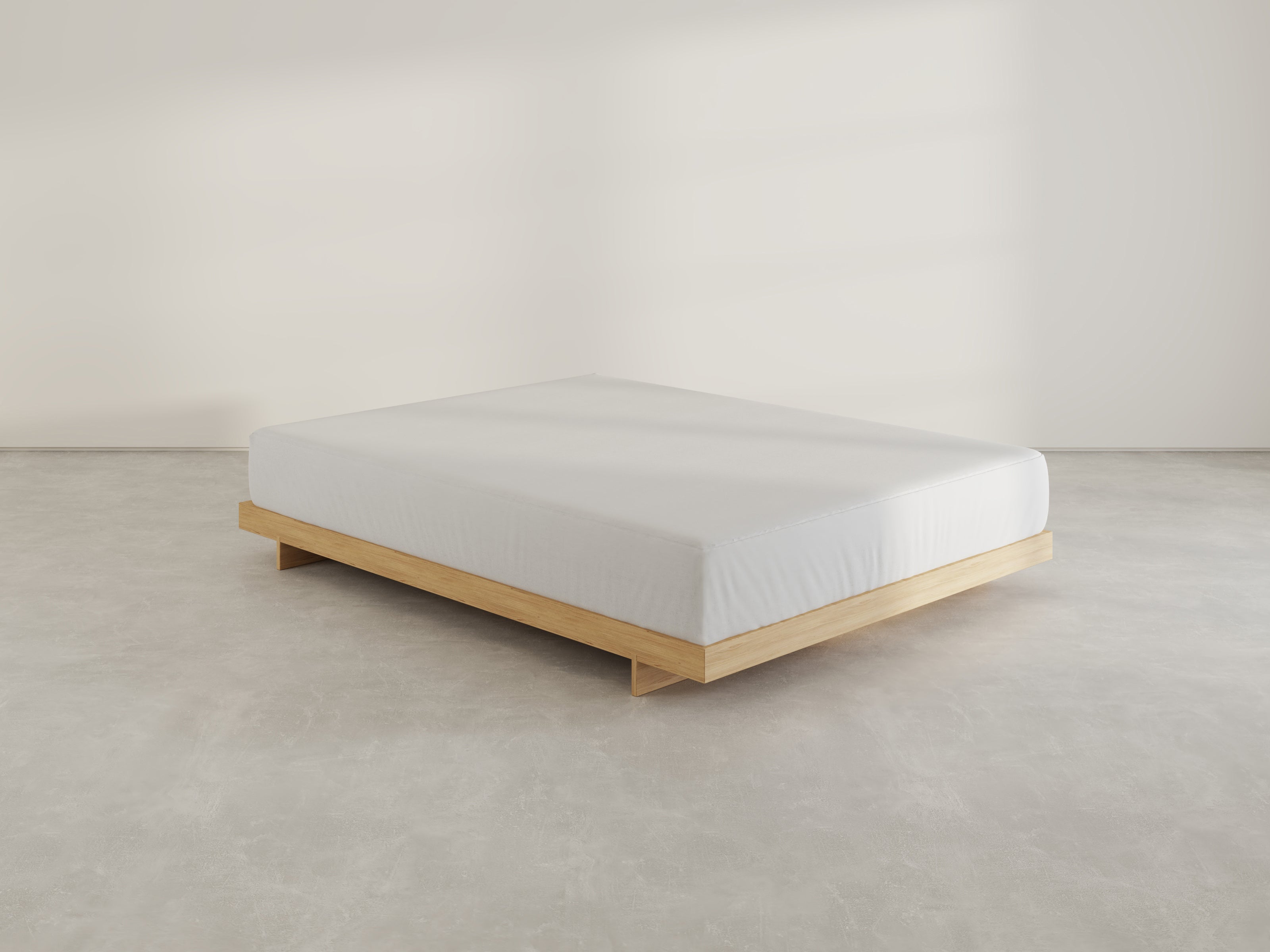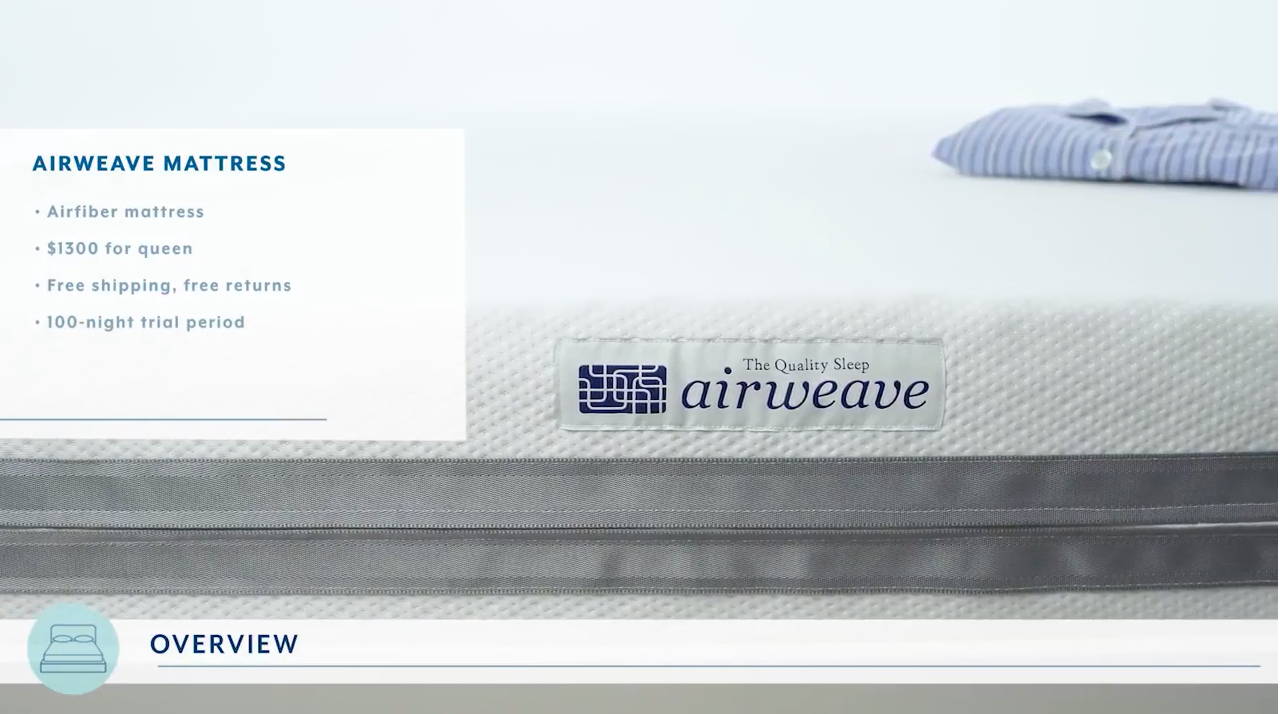Airweave Inc. Sleep Study Published In American Scientific Journal, PLOS ONE
We're pleased to announce that a sleep study funded by Airweave, inc, has been published in the American scientific journal, PLOS ONE. This is the first study on bedding and sleep quality to be published in the journal by the Public Library of Science (PLOS).
“I am truly delighted to hear that this sleep study has been accepted for publication in such a renowned scientific journal,” said Motokuni Takaoka, President & CEO of Airweave Inc. “It is my hope that this publication inspires researchers around the world on the subject of improving sleep quality, which we have dedicated years of study, and the importance of ‘Quality Sleep’ to be widely recognized outside Japan.”

High rebound mattress toppers facilitate core body temperature drop and enhance deep sleep in the initial phase of nocturnal sleep
visit journals.plos.org
The study took place in Ota Memorial Sleep Center and evaluated effects on sleep and sleep related physiological parameters including brain wave and core body temperature.

Fig 1.
(A) Changes in core body temperature during sleep with HR and LR in young adult males (study I). Larger and longer lasting decrease in core body temperature (CBT) was seen in the initial half of the sleep period with HR (p<0.05 by topper type, p<0.01 by time, p<0.01 by topper type x time, repeated measures ANOVA with a grouping factor). (B) EEG delta power changes across the night (study I). Larger delta-power was observed with HR between 23:00–04:00 (p<0.01 by topper type, p = 0.22 by time, p<0.05 by topper type x time, repeated measures ANOVA with grouping factor).
Fig 2.
(A) Changes in core body temperature during sleep with HR and LR in old adult males (study II). As observed in younger subjects (Fig 2), larger decline in core body temperature (CBT) was observed with HR between 23:00–03:00 in old subjects (p<0.01 by topper type, p<0.02 by time, p<0.01 by topper type x time, repeated measures ANOVA with grouping factor). (B) EEG delta power changes across the night (study II). Larger delta-power was observed with HR between 23:00–03:00 (p<0.01 by topper type, p = 0.23 by time, p<0.05 by topper type x time, repeated measures ANOVA with grouping factor).
Fig 3. Muscle activity needed to generate a rolling over motion on HR and LR mattress (Roll over evaluations).
Significantly smaller muscle activity (i.e., integrated EMG) was needed to roll over on HR than on LR mattress in 3 out of 4 muscles measured (*p<0.05 by Student’s t-test).

